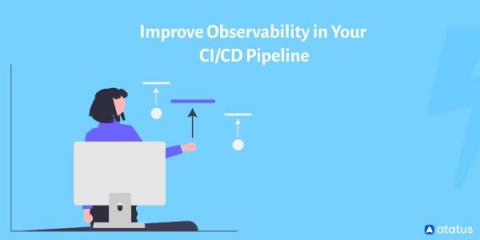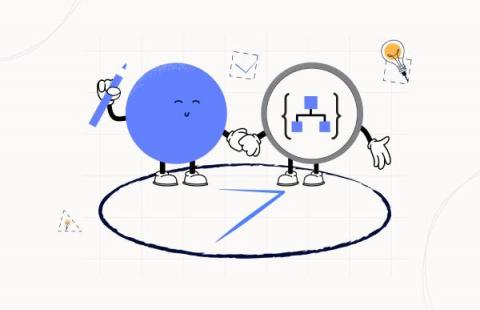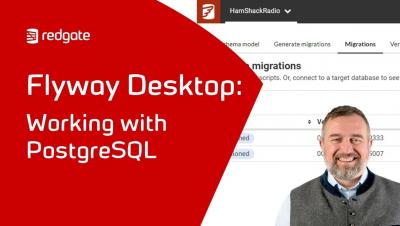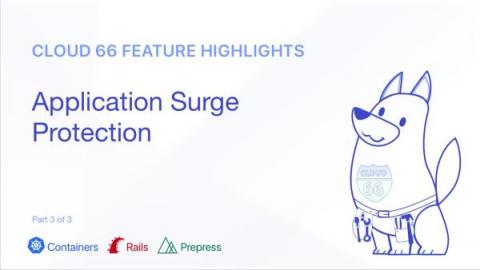Improve Observability in Your CI/CD Pipeline
The most basic component of automated software development is a CI/CD pipeline. While the term "pipeline" has been used to describe a wide range of computer science concepts, we use it at CircleCI and throughout the DevOps industry to refer to the vast range of behaviors and activities that are involved in continuous integration (CI).











